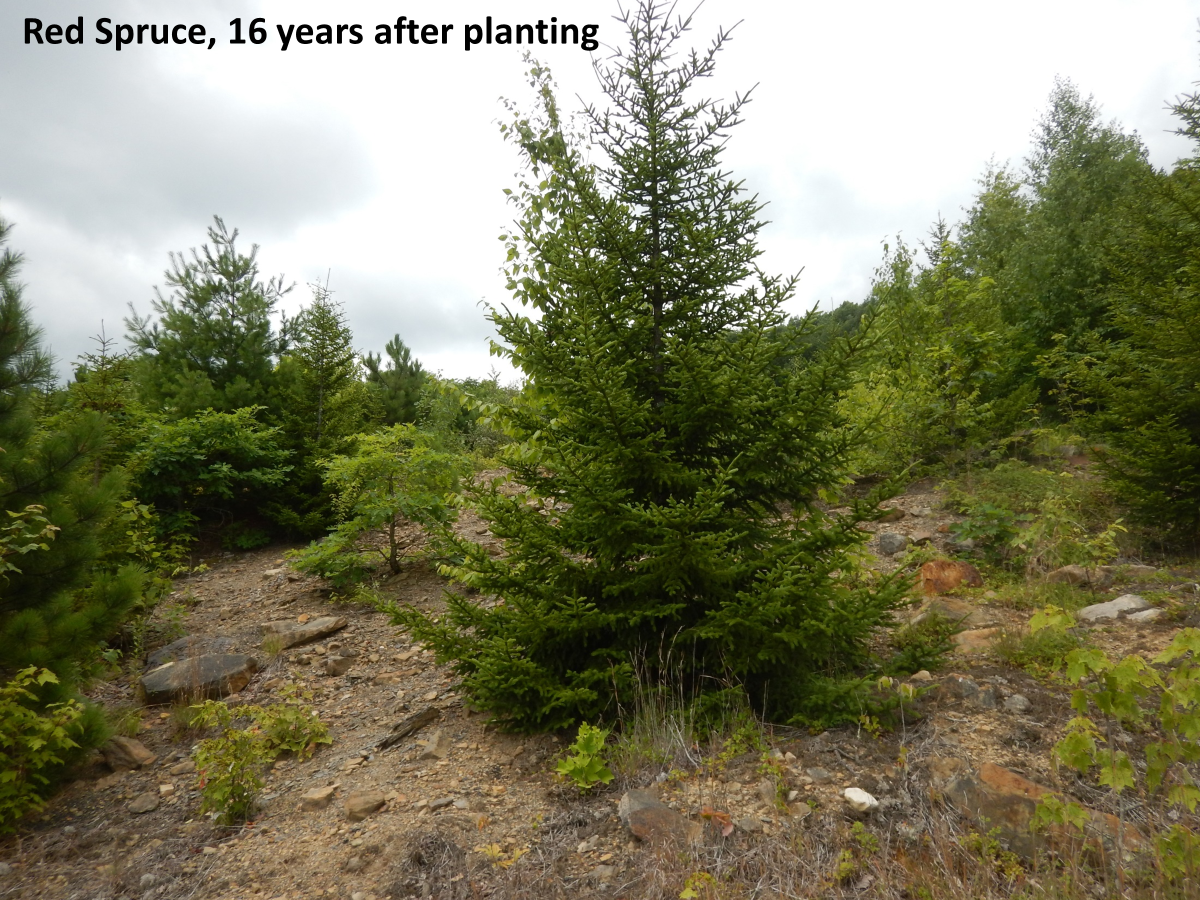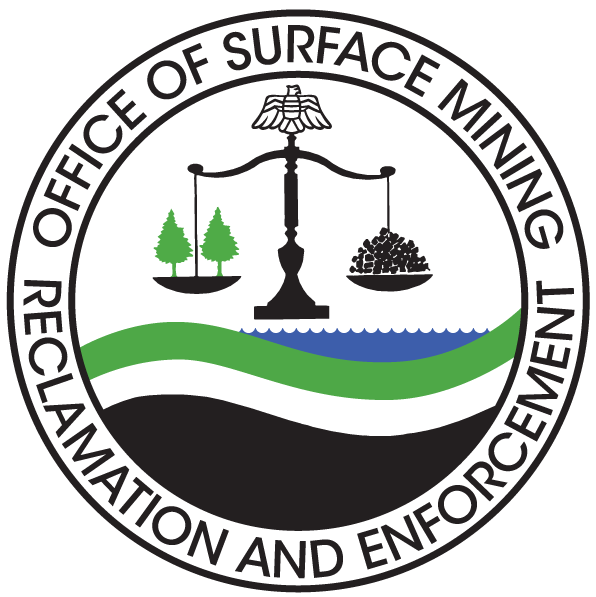ARRI Publications
To inform stakeholders on ARRI updates and current research, the initiative releases brochures, newsletters, and Forest Reclamation Advisories.
Quarterly ARRI Newsletters are available in PDF format.
- Volume VIII, Issue 15 [Winter 2021]
- Volume VII, Issue 13 [Fall 2019]
- Volume VI, Issue 12 [Fall 2018]
- Volume V, Issue 9 [September 2015]
- Volume IV, Issue 8 [January 2015]
- Volume III, Issue 7 [February 2014]
- Volume II, Issue 6 [August 2012]
- Volume II, Issue 5 [December 2011]
- Volume II, Issue 4 [July 2011]
- Volume II, Issue 3 [July 2010]
- Volume II, Issue 2 [January 2010]
- Volume II, Issue 1 [June 2009]
- Volume I, Issue 9 [December 2008]
- Volume I, Issue 8 [June 2008]
- Volume I, Issue 7 [January 2008]
- Volume I, Issue 6 [July 2007]
- Volume I, Issue 5 [December 2006]
- Volume I, Issue 3 [July 2006]
- Volume I, Issue 2 [September 2005]
- Volume I, Issue 1 [April 2005]
The Forest Reclamation Advisories are informational documents to explain the Forestry Reclamation Approach and reclamation practices that can be used to prepare coal mined lands for forestry-related land uses.
Each Advisory highlights 1 of the 5 FRA Steps.
Forest Reclamation Advisories are available in PDF format.
- Forest Reclamation Advisory No. 1 - The Appalachian Regional Reforestation Initiative This advisory outlines the goals of ARRI and the function of the Forest Reclamation Advisories. [December 2005
- Forest Reclamation Advisory No. 2 - The Forestry Reclamation Approach (FRA)
The FRA is the science-based technique for reclaiming coal-mined land to forest while complying with the existing State and Federal mining laws. This advisory explains the 5 steps of the FRA. [December 2005] - Forest Reclamation Advisory No. 3 - Low Compaction Grading to Enhance Reforestation Success on Coal Surface Mines This advisory describes final-grading techniques that can be used during reclamation to prepare coal-surface mines to support a forested post-mining land use. [July 2007]
- Forest Reclamation Advisory No. 4 - Loosening Compacted Soils on Mined Sites Some areas of mine sites become compacted due to machinery operation, traffic, and storage. This advisory describes practices for ripping compacted areas so as to loosen soils necessary to achieve successful reforestation. [July 2007]
- Forest Reclamation Advisory No. 5 - Mine Reclamation Practices to Enhance Forest Development Through Natural Succession Succession is a term used to describe natural changes in plant community composition over time. This advisory describes the ways in which reclamation methods can encourage rapid succession and accelerate development of high quality post-mining forests. [July 2007]
- Forest Reclamation Advisory No. 6 - Tree Compatible Ground-covers for Reforestation and Erosion Control The FRA uses a slow growing, noncompetitive, tree-compatible ground cover. Advisory No. 6 addresses FRA’s 3rd step and describes methods for establishing ground cover vegetation to control erosion without hindering the survival and growth of the trees planted. [July 2009]
- Forest Reclamation Advisory No. 7 - Planting Hardwood Tree Seedlings on Reclaimed Mine Land in Appalachia Proper care and planting of tree seedlings is essential to any reforestation effort. Appalachian coal mines reclaimed using the FRA will often be rough, rocky, and on steep terrain. Thus, hand planting is the usual method for planting hardwood tree seedlings. This Advisory describes the fifth step of the FRA: Use proper tree planting techniques. [February 2010
- Forest Reclamation Advisory No. 8 - Selecting Materials for Mine Soil Construction When Establishing Forests On Appalachian Mine Site When native forest re-establishment is the post-mining land use and reclamation goal, the guidelines reviewed in Advisory No. 8 can aid mine operators in ensuring that mine soils, applied at a minimum of 4 feet in thickness, will restore land capability and support forest growth and diversity at pre-mining levels. [July 2011]
- Forest Reclamation Advisory No. 9 - Selecting Tree Species for Reforestation of Appalachian Mined Land More than 100 native tree species and numerous native shrub species grow within Appalachian forests. This diversity reflects the many site conditions found across the region. [August 2012]
- Forest Reclamation Advisory No. 10 - Reforestation to Enhance Appalachian Mined Lands as Habitat for Terrestrial Wildlife Although small breaks in the forest canopy are important to wildlife diversity, most native Appalachian wildlife species require primarily forested habitats. This Forest Reclamation Advisory provides guidance on reforestation practices to provide high quality habitat for native forest wildlife on Appalachian coal mines. [November 2013]
- Forest Reclamation Advisory No. 11 - Establishing Native Trees on Legacy Surface Mines Establishing productive forests on such lands will aid restoration of ecosystem services provided by forests and services such as watershed protection, water quality enhancement, carbon storage and native wildlife habitat -- and will enable mined lands to produce valued products such as commercial timber. [November 2013]
- Forest Reclamation Advisory No. 12 - Re-Establishing American Chestnut on Mined Lands in the Appalachian Coalfields American chestnut has suffered severe decline throughout the USA; today, few living and mature American chestnut trees remain. This Forest Reclamation Advisory describes efforts to develop new American chestnut varieties, and reclamation and planting techniques for chestnut on mined lands. [June 2015]
- Forest Reclamation Advisory No. 13 - Tree and Shrub Species Selection for Mine Reclamation in the Midwest Region of USA This advisory provides guidance for selecting tree and shrub species for planting on mine sites that are reclaimed using the FRA in the USA and Midwestern coalfield (Illinois, Indiana, and western Kentucky). [October 2015]
- Forest Reclamation Advisory No. 14 - Re-Establishing Pollinator Habitat on Mined Lands Using the Forestry Reclamation Approach This Advisory describes mine reforestation strategies that can encourage and support pollinator conservation in the eastern US. We also provide background information concerning pollinators and their conservation needs. [February 2017]
- Forest Reclamation Advisory No. 15 - Establishing Riparian Woody Vegetation for Constructed Streams on Mined Lands Using the Forestry Reclamation Approach This advisory describes the reasons for establishing woody vegetation in constructed streams and riparian areas, and describes proper methods for mine sites. [March 2018]
- Forest Reclamation Advisory No. 16 - Managing Invasive Exotic Plant Species on Legacy Mine Lands This advisory describes methods for controlling invasive exotic plants to prevent harmful competition with selected tree species. [February 2019]
- Forest Reclamation Advisory No. 17 - An Essential Tool for Controlling Invasive Exotic Plants on Active Mine Sites This advisory explains the issues related to Invasive Exotic plants on active mine sites and presents guidance on controlling these plants to ensure successful reforestation. [May 2019]
- Forest Reclamation Advisory No. 18 - Establishing Small Tree and Shrub Species on Mined Lands Using the Forestry Reclamation Approach This advisory discusses the importance of proper understory species, and reviews factors that influence the survival and distribution of understory trees and shrubs

Kempton Refuse AML Project, WV

